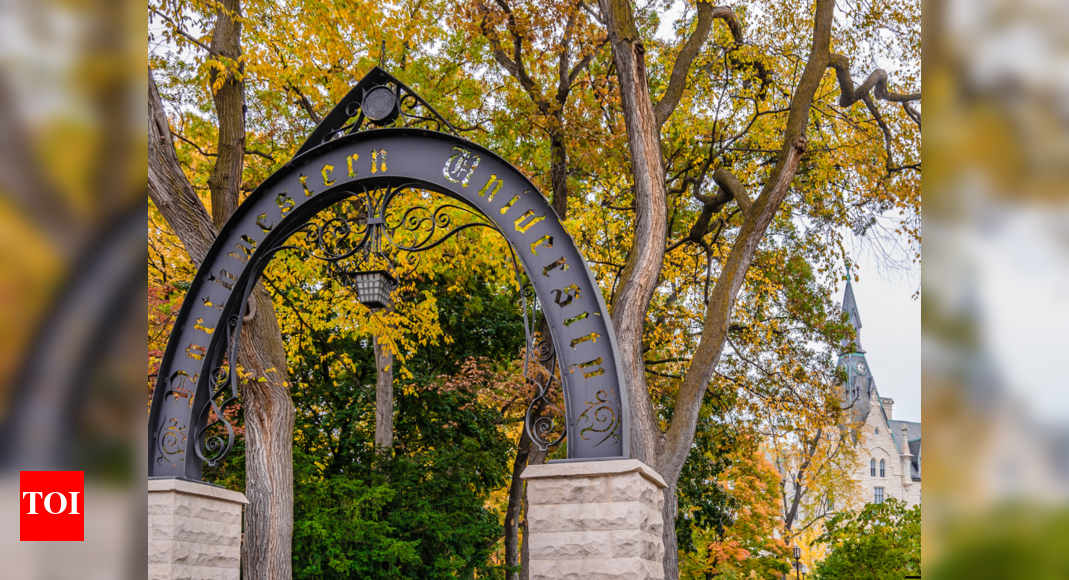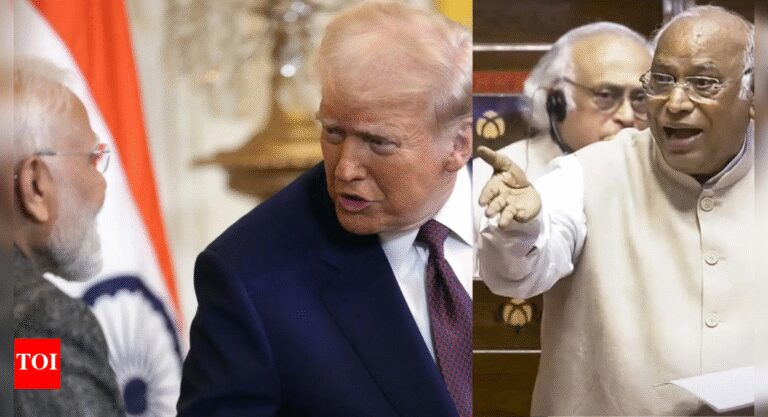
Northwestern University, one of the nation’s most respected research institutions, has entered a period of deep institutional reckoning. On Tuesday, university leadership announced the elimination of 425 staff positions, roughly 5 percent of its workforce budget, in what they described as a necessary step toward ensuring long-term financial sustainability. This move arrives after months of public criticism, political scrutiny, and internal efforts to stabilize operations.Nearly half of the eliminated positions were already vacant; the scope of the cuts signals the gravity of the situation facing the Evanston-based university.
Behind the numbers: A strained financial structure
The cuts come after a series of belt-tightening measures failed to close a growing budget gap. Northwestern had previously imposed a hiring freeze, withheld annual salary increases, and revised employee benefits in an attempt to curb costs. Personnel expenses currently account for 56 percent of the university’s total expenditures, making workforce reductions the most immediate and impactful option on the table.However, university officials emphasized that the issue is not confined to internal mismanagement. The broader financial picture includes rapidly rising healthcare expenses, higher litigation costs, contractual labour obligations, and projected changes in federal funding policies.
Politics on campus: A catalyst for institutional strain
The crisis cannot be separated from the political turbulence that has enveloped the university in recent months. In April, student demonstrators established protest encampments on campus, calling for divestment from Israel. While a deal was eventually brokered to dismantle the encampments, President Schill refused to commit to divestment, drawing criticism from both sides of the political spectrum.This episode contributed to heightened federal attention. The university has since been accused of failing to adequately respond to incidents of alleged antisemitic harassment and discrimination. Investigations launched by the Trump administration further intensified pressure on the institution, ultimately resulting in the freezing of nearly $800 million in federal research funds.
The funding freeze: Symptom or cause?
Although the loss of access to federal research funding has significantly strained the university’s budget, Northwestern’s leadership insists the job cuts were not a direct consequence of the freeze. Instead, they framed the decision as part of a broader recalibration in response to mounting fiscal and political stressors.Officials pointed to looming threats from Washington, including potential reductions in federal reimbursements for research infrastructure and proposed constraints on international student enrollment, both of which could significantly impact Northwestern’s bottom line.
Implications for the higher education sector
Northwestern’s decision to implement large-scale staff cuts underscores a new reality facing even the most well-resourced institutions. With a multibillion-dollar endowment and a reputation for academic excellence, the university was long viewed as insulated from the kinds of budget crises that plague smaller colleges. That perception is now being challenged.Across the country, universities are confronting political polarization, legal battles, and shifting government priorities. As federal oversight tightens and public scrutiny intensifies, many institutions may find themselves having to make similarly difficult choices, regardless of their financial reserves or academic rankings.
What lies ahead for Northwestern
In the coming months, Northwestern will face the dual task of rebuilding internal trust and navigating external pressures. For hundreds of employees, the job cuts represent not just a financial decision but a personal and professional upheaval. For students and faculty, they raise difficult questions about the university’s priorities and its ability to protect its academic mission under strain.What remains clear is that the convergence of protest politics, financial instability, and federal intervention is reshaping the governance of higher education. Northwestern’s current chapter may serve as a warning, or perhaps a blueprint, for what lies ahead at other American universities caught in the crosscurrents of ideological conflict and economic uncertainty.








